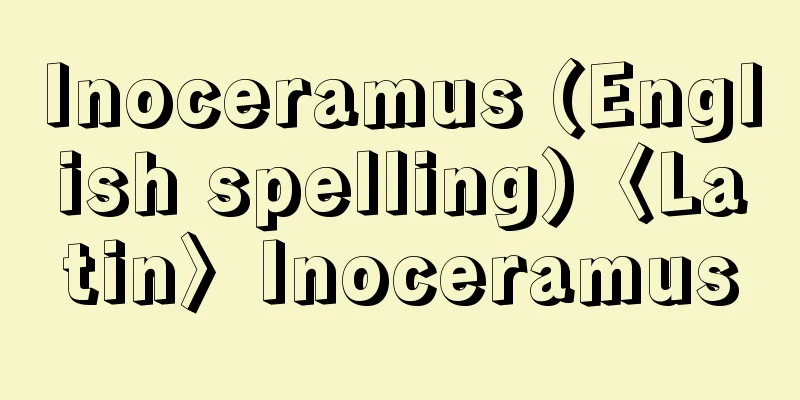Tree of life

|
According to the story of paradise in the Book of Genesis in the Old Testament, the Tree of Life was planted alongside the Tree of Knowledge (the tree of knowledge of good and evil) in the center of the Garden of Eden, where Adam and Eve, the first humans created by God, were originally placed. However, Adam and Eve were expelled from Paradise after eating the forbidden fruit of the Tree of Knowledge, and God protected the Tree of Life with sword and fire so that humans would never approach it again. This is because anyone who eats the fruit of the Tree of Life will live forever. According to the Book of Revelation in the New Testament, the Tree of Life is in heaven, and those who believe in Christ and maintain their faith even in the face of persecution are given the privilege of eating the fruit of this tree. In this way, the Tree of Life is mythologically told as a symbol of eternal life in Jewish and Christian traditions. From a religious studies perspective, we can see that phenomena such as the worship of certain trees as sources of vitality and the depiction of trees as symbols of fertility and production are widespread throughout the world. In religious studies, such religious phenomena are referred to by the term Tree of Life or World Tree. For example, mainly in the ancient Orient, there are many images depicting a tree (often a date palm) with an animal (often antelope) on each side. This is clearly an expression of fertility beliefs that regard trees as symbols of productivity, and is a typical example of the Tree of Life in religious studies. The Tree of Life in the Paradise story can be seen as an Israeli version of such beliefs. [Tsukimoto Akio] "Kume Hiroshi's translation of "The Collected Works of Eliade 2: Fertility and Regeneration" (1974, Serika Shobo)" Source: Shogakukan Encyclopedia Nipponica About Encyclopedia Nipponica Information | Legend |
|
『旧約聖書』「創世記」の楽園物語によれば、神によって創造された最初の人間アダムとイブが初めに置かれていたエデンの園の中央には、知恵の樹(善悪を知る樹)と並んで生命の樹が植えられていた。ところが、禁断の知恵の樹の実を食べたアダムとイブは楽園から追放され、生命の樹は、もはや人間が近づくことのないようにと、神によって剣と炎で守られた。それは、生命の樹の実を食べる者は永遠に生きるからだ、という。『新約聖書』の「ヨハネ黙示録」によれば、この生命の樹は天上にあり、キリストを信じ、迫害のなかにあっても信仰の道を守り通す者には、この樹の実にあずかる特権が与えられるといわれる。このように生命の樹は、ユダヤ教、キリスト教的伝統のなかで、永遠の生命の象徴として神話的に物語られている。 宗教学的にみると、特定の樹木を生命力の源泉として崇拝する信仰や、豊饒(ほうじょう)、生産の象徴としての樹木の図象化などの現象が広く世界に流布していることがわかる。宗教学では、むしろこのような宗教現象を生命の樹、または世界樹という術語で言い表す。たとえば古代オリエントを中心に、1本の樹木(多くはナツメヤシ)とその両側にそれぞれ一頭の動物(多くはレイヨウ類)が描かれる図像が数多くみいだされている。これは明らかに、樹木を生産力の象徴とみなす豊饒信仰の表現であり、宗教学でいう生命の樹の典型である。楽園物語の生命の樹は、むしろこういった信仰がイスラエル化されたものとみることができる。 [月本昭男] 『久米博訳『エリアーデ著作集2 豊饒と再生』(1974・せりか書房)』 出典 小学館 日本大百科全書(ニッポニカ)日本大百科全書(ニッポニカ)について 情報 | 凡例 |
<<: Name fortune telling - Seimeihandan
>>: Scenery of the Qingming Festival on the River
Recommend
OSCAR
《 Orbiting satellite carrying amateur radio 》An ar...
immigré (English spelling)
…The word immigrant is often used instead of the ...
Winky
One of the twin angels who are the main characters...
Carl Gustav Patrik de Laval
1845‐1913 Swedish engineer. After studying at Upps...
Market research - market research
Market research is also known as marketing resear...
Exorcism - Exorcism
...The doctrine that the devil is a personal expr...
Absalom and Achitophel
A satirical narrative poem by the English poet J. ...
Karakoram Highway
…The border with China is bordered by the Kurjera...
Isehanabi - Isehanabi
A slightly shrubby herb of the Acanthaceae family...
box
…This species is sometimes called Hontsuge (boxwo...
Kanten Itabi - Kanten Itabi
An evergreen vine of the family Moraceae (APG cla...
May, E. (English spelling) MayE
…The development of the banking industry was part...
Famous fabrics - Meibutsugire
From the Middle Ages to the early modern period i...
Bretton Woods System
The Bretton Woods Agreements, also known as the Br...
Meiji Restoration (English)
…The Meiji Restoration is a typical example, wher...









